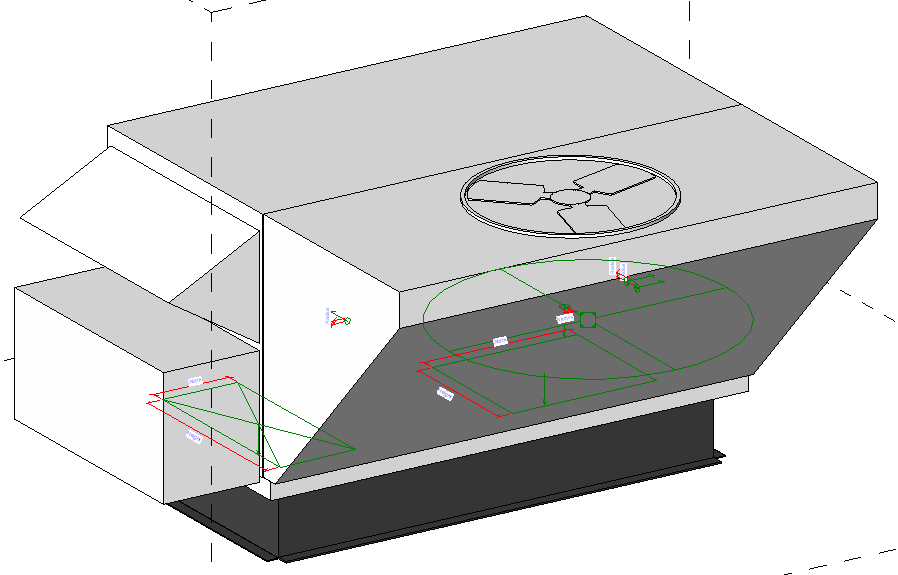

We can have a six inch inlet, an eight inch, a ten inch, or basically, you could make your own. But underneath that, we have multiple sizes of that family.

If we take a look at the VAV Unit, we have, over to the right, we'll see we have VAV Unit - Parallel Fan Powered. Also on the mechanical side, sidewall and ceiling-mounted air terminals can be considered face-based families. A few face-based families are wall sconces, light switches, receptacles, or maybe ceiling-mounted projectors and lighting fixtures. A work plane-based family is basically hosted by a floor plan or a level. You're going to be hosting to a link architectural model. See, if we use a wall-based or a ceiling-based or a floor-based, it won't host to a link model, which is 100% of what you're going to be doing. A face-based family is the only way to host to walls, ceilings, or floors. When we create a hosted family in Revit MEP, we want them to be face-based. Basically, all MEP families need some kind of host to exist. Now, hosted families need a system family to exist. If we look at another category type, we can see that we have hosted families. Now, system families are going to consist of walls, floors, roofs, stairs or ramps.

The first category would be a system family. To get started, we'll look at some of the categories. That being said, there are a few different types of families I'd like to explore. Better yet, when I change the wall, the family automatically flexes with the wall. For example, if I insert a window family into a wall, I don't have to tell the family what size the wall is. When you insert a family into a model, you get a fully parametric data-rich 3D object that can adapt to whatever is actually hosting that family. Revit families are the cornerstone of BIN. See, in AutoCAD, we had to insert a block, explode it, stretch it, and put everything back on the correct layers. Basically, a group of objects that form a building component such as a desk or a window or a VAV. For you AutoCAD users, it's a block that you insert into a drawing. Let's get started by explaining what a Revit family actually is.


 0 kommentar(er)
0 kommentar(er)
